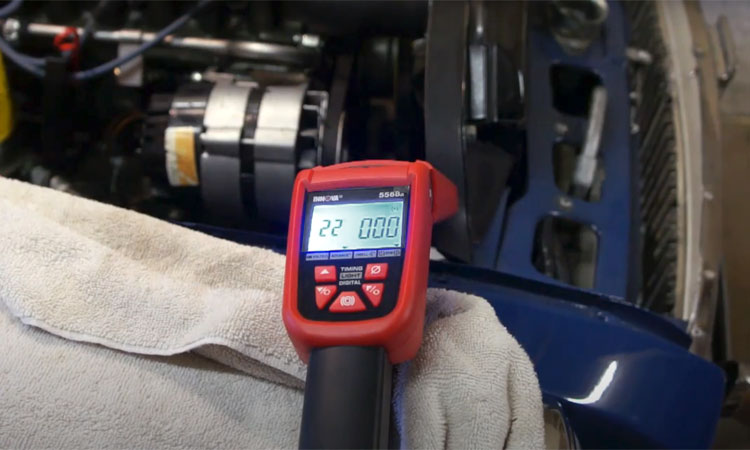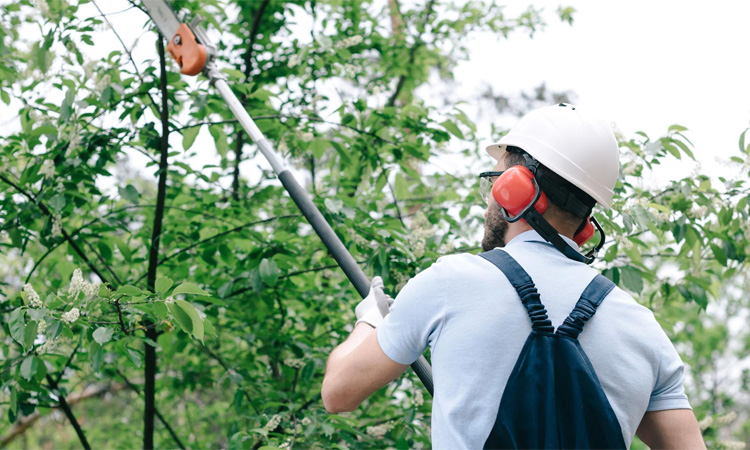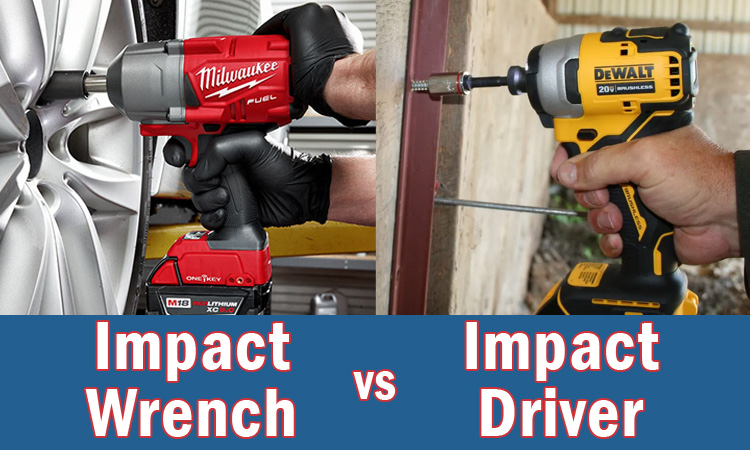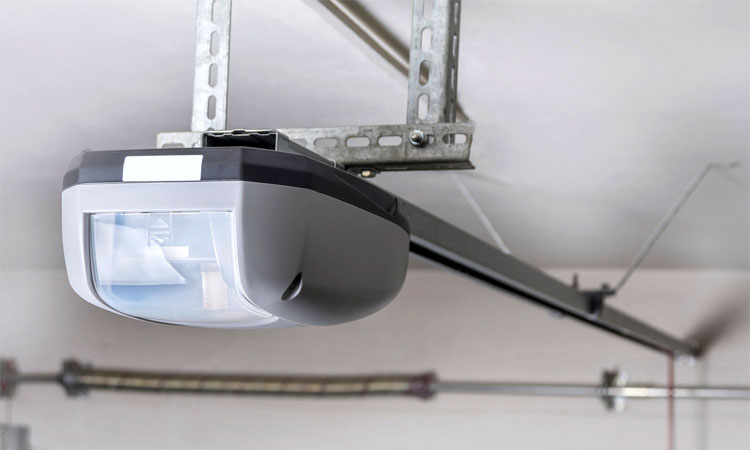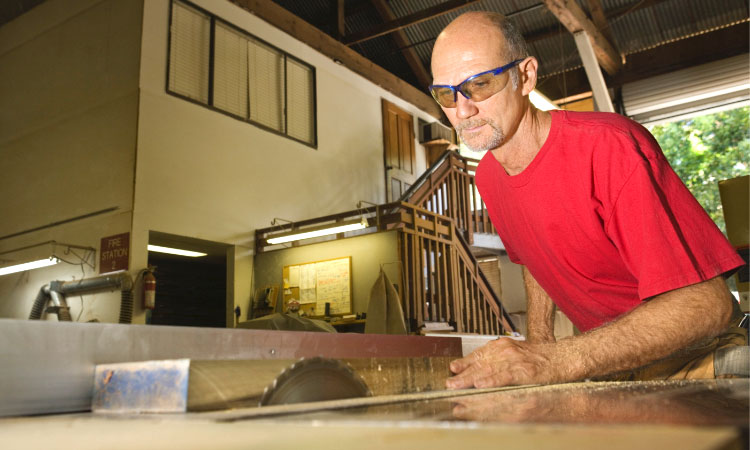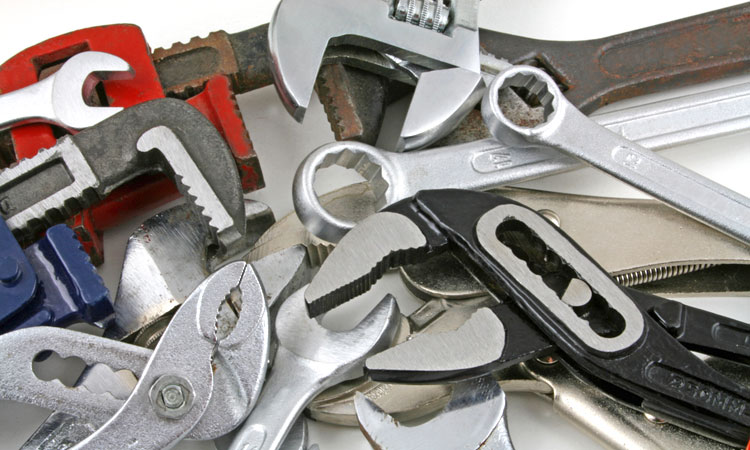How to Organize a Tool Chest Like a Pro
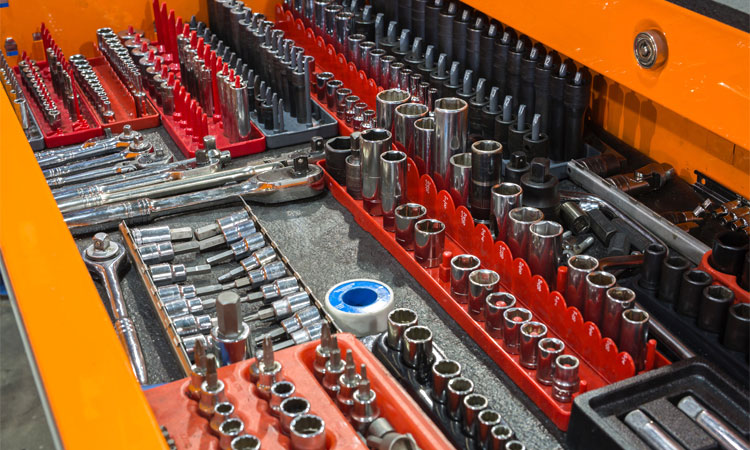
A tool chest, tool box, or tool cart is a personal sort of domain, and everyone has a different idea of the perfect layout for their tools. On the other hand, a little consideration for the tools involved will help you decide where they should be located in the hierarchy of tools.
See Also: Best Tool Chests and Cabinets for the Money
Rather than provide you with a blueprint for your own tools, we put together some tips and suggestions to make your tools easier to use as you need them.
Sorting Tool Types
If you have tools that come in more than one specific type, such as SAE and metric tools, keep them in separate drawers to avoid confusion.
If you have the space available, sorting drive and socket sizes will also save you time in the long run, as you will know exactly where to go for any specific size and drive of socket.
Sorting tool types is also helpful with different screwdriver sizes, allowing you to put slotted, Phillips, and screwlock drivers in their own locations. Where space is available, break up your tools accordingly, including separating punches from chisels and other fine distinctions.
Top to Bottom
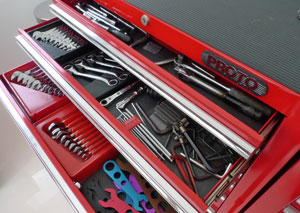
Upper Drawers
Keeping your sockets in the upper drawers makes them easier to get to, read the markings, etc. A good socket organizer is a must have. Depending on the drawer height, you can go with a couple different options.
Middle Drawers
The middle drawers can be used for screwdrivers, wrenches, specialty tools, chisels, etc., or they can be put to whatever specific purposes you may have.
A well-cushioned drawer liner for at least these drawers makes a huge different. Tools stay where they’re supposed to and both them and the metal drawer bottoms stay protected.
Plastic drawer ogranizers also work well here. One of my favorites is the 6-compartment tray from Harbor Freight. Cheap and versatile. I think I have about a dozen of them total in my tool chests. You can never have too many drawer organizers.
Lower Drawers
For obvious reasons, your heavier tools should be located in the lower drawers of the tool chest. This provides more stability for the chest, and has the added benefit of keeping heavy tools near ground level for chests that are portable.
Similarly, power tools require more space for storage, and the lower drawers may be the only storage option if you keep a drill, jigsaw, portable bandsaw, or other larger tools in your tool chest.
By contrast, some craftsmen say that the best layout is to have the most commonly used tools in the center drawers. While this may make sense for some, it has a tendency to clutter those drawers as tools migrate from the other drawers to, effectively, center stage.
Unless your tool box has a lot of extra room, this method may not work out.
Easy Access with Pegboard
If you use specific tools often, save yourself time and hang them from pegboard or other hooks. This will not work if you have a mobile tool chest, but it would be an excellent way to keep commonly used tools at hand in your garage or workshop.
Because of the way many wrench sets are manufactured, the boxed ends are a perfect way to hang – and sort – your wrenches.
Do It Your Way
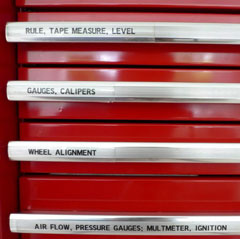
In the end, you should organize your tool chest to fit you and your usage, the same as a professional would setup their tool belt. Keep commonly used tools close at hand and store rarely used ones in the most out of the way places.
Sort tools by use, color, manufacturer, or age. As long as they are in a spot where you can find them when you need them.
Labeling your drawers is another option for the OCD crowd and looks great. The only rule is to make sure the heaviest items are near the bottom of the chest.
You can find a million different chest owners to give you a million different views of the best tool layout, but the only which which truly matters is going to be your own.
Above all, spend some time to plan your setup. There’s nothing worse that constantly having to change the location of tools.

